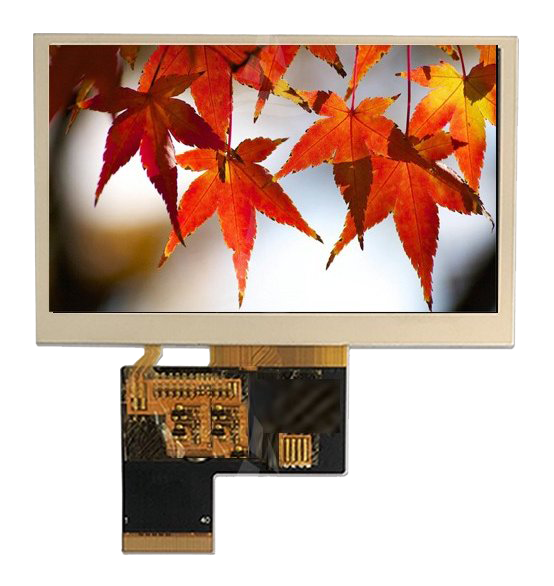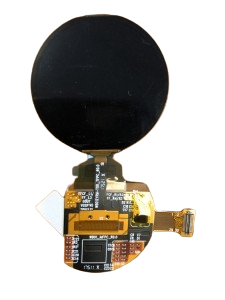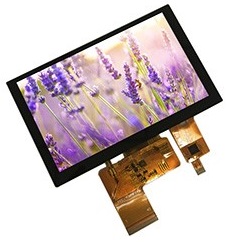+44 (0)1634 791600
info@crystal-display.com
Newsletter Sign Up!
+44 (0)1634 791600
info@crystal-display.com





In the realm of visual technology, TFT LCD (Thin-Film Transistor Liquid Crystal Display) stands as a beacon of brilliance, powering the screens of our devices with stunning clarity and vibrant colours. As an integral component in numerous electronic devices, TFT LCD displays have become synonymous with high-quality visuals and responsive performance. In this blog post, let’s embark on a journey to unravel the wonders of TFT LCD technology, exploring its features, applications, and the impact it has on our daily lives.
At the heart of LCD displays lies a sophisticated technology that combines liquid crystals with thin-film transistors. Unlike traditional LCDs that rely on passive matrices for pixel control, TFT LCDs employ an active matrix design, where each pixel is individually controlled by its own thin-film transistor. This active matrix structure is what sets TFT LCDs apart, allowing for faster refresh rates, improved contrast, and enhanced color reproduction.


TFT LCD displays employ a sophisticated architecture that combines liquid crystals and thin-film transistors to produce vibrant and sharp images. Dive into the intricacies of the technology, explaining how individual pixels are controlled and how color is achieved through precise manipulation of liquid crystals.

A TFT (Thin-Film Transistor) panel is a type of technology used in flat-panel displays, including LCD (Liquid Crystal Display) screens. The TFT technology is employed to enhance image quality and response times in comparison to earlier technologies like passive matrix displays.
Vivid Colors and High Resolution:
Fast Response Time:
Wide Viewing Angles:
Energy Efficiency:
Smartphones and Tablets:
Laptops and Monitors:
Television Screens:
Digital Signage and Information Displays:
